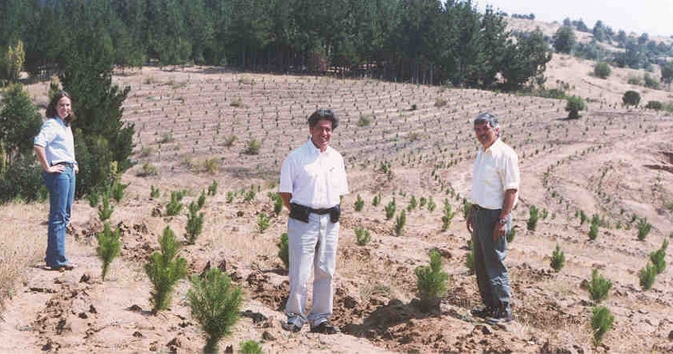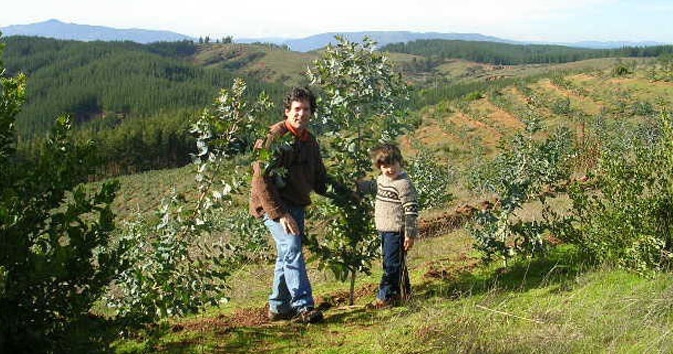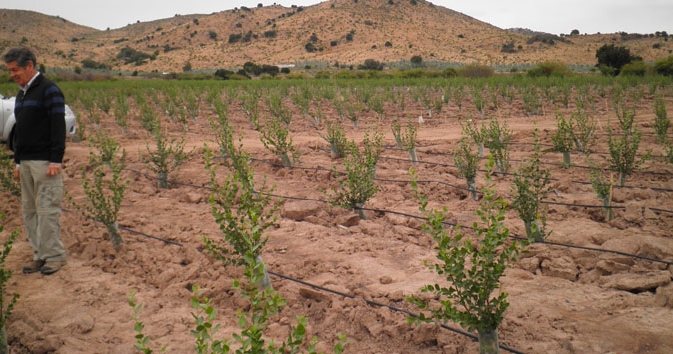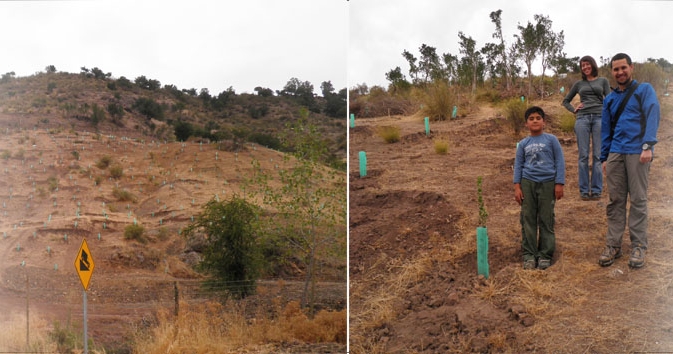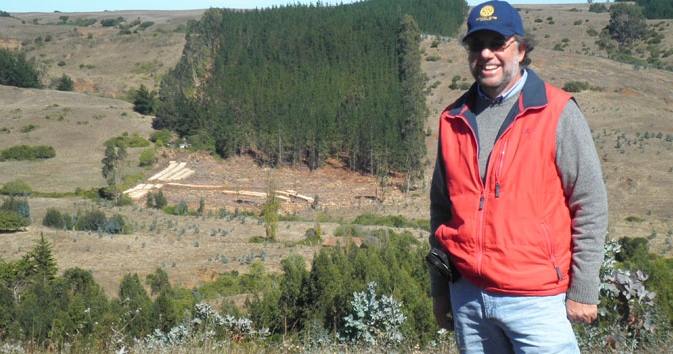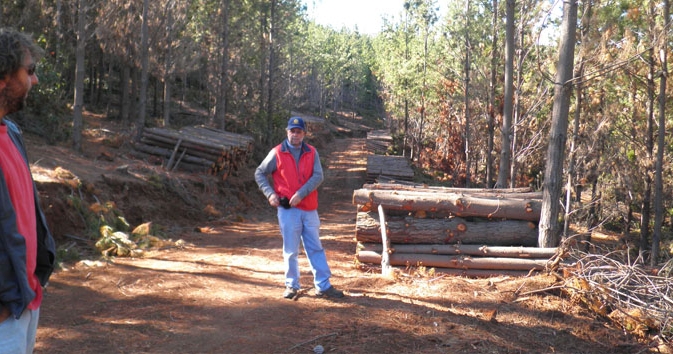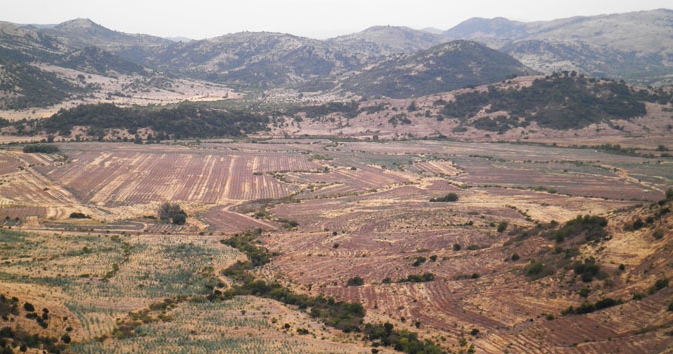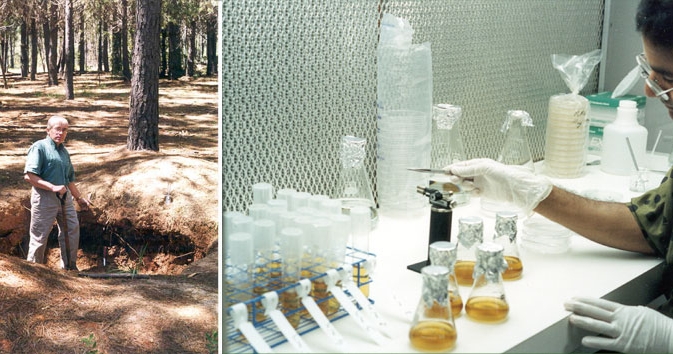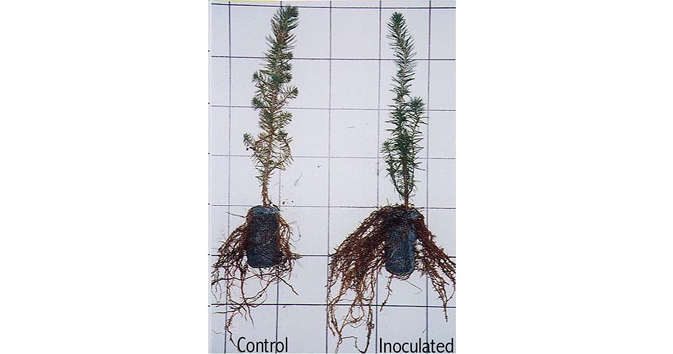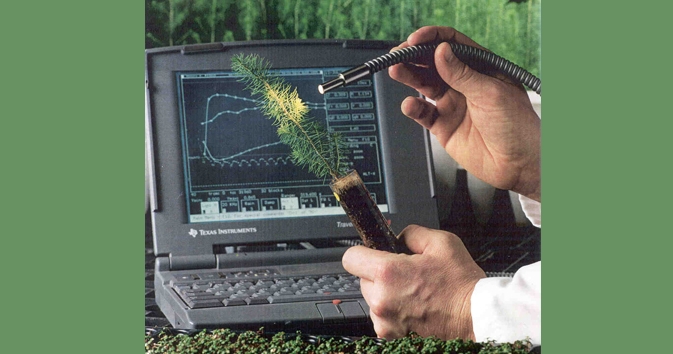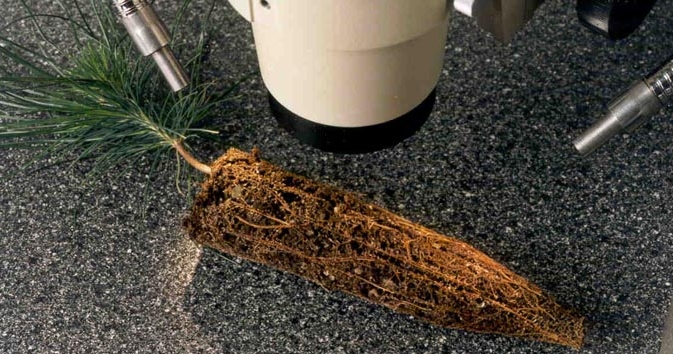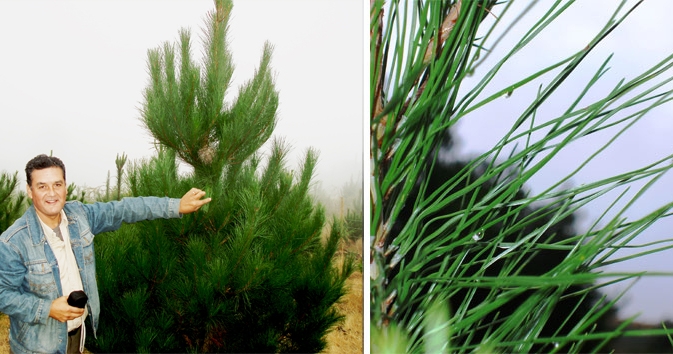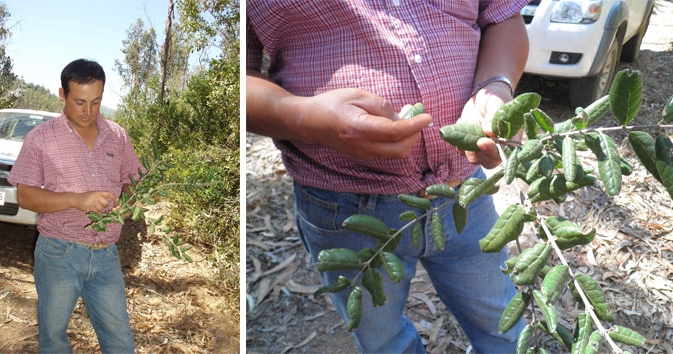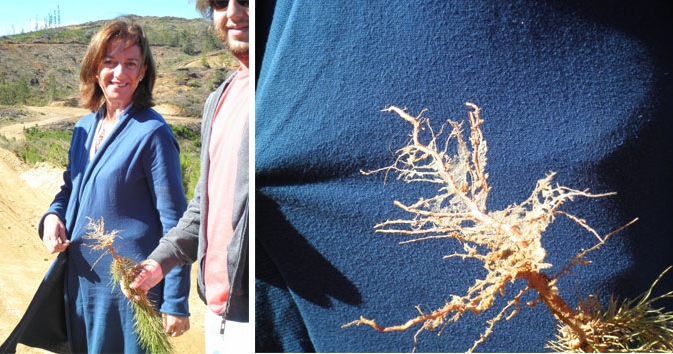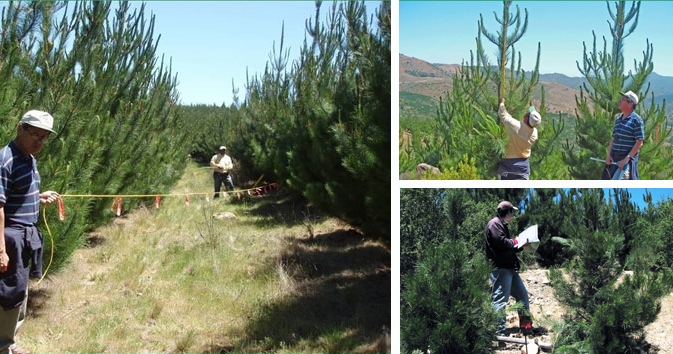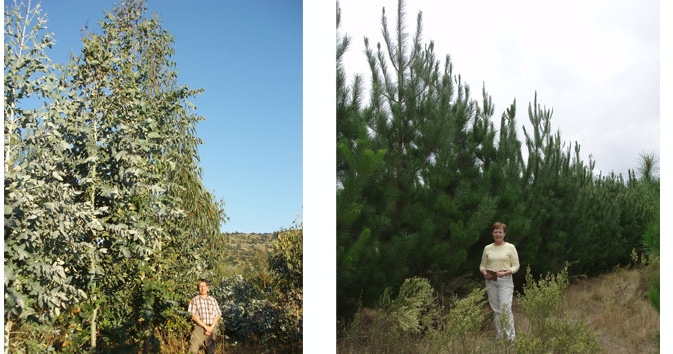Canada’s Carbon Market
In 1997 Canada became a signatory to the Kyoto Accord, committing to reduce national greenhouse gas emissions by approximately 270 million tonnes of carbon dioxide equivalent (MtCO2e) annually between 2008 and 2012. However, the Canadian government subsequently backed away from its Kyoto commitments, in favour of a domestic and/or regional GHG reduction system. In 2015 when Canada’s total greenhouse gas emissions were 722 million tonnes of carbon dioxide equivalent annually, by signing onto the Paris climate accord Canada committed to reducing that total to 517 megatonnes by 2030.
Since 2000, Canada has projected that carbon sinksReduction of net emissions of carbon dioxide (CO2) can be accomplished in two ways: either by reducing the rate at which CO2 is added to the atmosphere (e.g. those produced from burning fossil fuels or from clearing and burning forests), or by increasing sequestration the rate at which CO2 is removed from the atmosphere (e.g. by storing additional carbon in forests, soils and other carbon sinks). The latter can be accomplished through land management activities including re-vegetation, reforestation and afforestation as well as forest, cropland and grazing land management. Through photosynthesis plants remove carbon dioxide from the air, give off oxygen, and store the carbon as biomass. About one half of the dry weight of plant biomass is carbon, and one tonne of carbon in biomass represents 3.67 tonnes of atmospheric carbon dioxide.
Click here to view the full glossary would provide the country with emission reductions of up to 20 MtCO2e per year. In anticipation of the increasing demand for carbon offset creditsOffsets are the mechanism by which the impact of emitting a tonne of CO2 can be negated or diminished by avoiding the release of a tonne elsewhere, or by absorbing a tonne of CO2 from the air (domestically or internationally) that otherwise would have remained in the atmosphere.
Click here to view the full glossary as various complianceare created by governments whose industrial firms are subject to carbon constraints. These markets are regulated by mandatory regional, national, and international carbon reduction regimes. The Kyoto compliance market is one example, now active only in the European Union, trading under the EU's Emissions Trading Scheme. In a Cap-and-Trade emissions reductions market, actors buy and sell carbon offsets to comply with the cap or limit imposed on their emissions.
Click here to view the full glossary and voluntaryVoluntary markets function outside the compliance markets and enable businesses, governments, nongovernmental organizations and individuals who are not regulated, but who wish to offset their emissions, to purchase carbon offsets on a voluntary basis to reduce their carbon footprint. Much of the demand driving the voluntary carbon markets comes from environmentally aware individuals, corporations and other organizations, who wish to offset their own emissions even when they are not regulated to do so. The reduction of their carbon footprint or becoming "carbon neutral" is the objective, and this is becoming a mainstream policy to support corporate social responsibility goals.
Click here to view the full glossary markets emerged and as governments imposed tighter emission caps, Mikro-Tek designed a number of forestry projects to demonstrate the opportunity to potential investors and to develop templates that could be used in future expansion. Mikro-Tek has experienced early success in applying their mycorrhizal technology to increase sequestration rates and has gained considerable expertise through the design, validationThe process that uses an approved Project Design Document as a guide to confirm that the project meets all stated requirements.
Click here to view the full glossary and verificationPerformed by an independent, certified third party to confirm the authenticity of reductions in greenhouse gas emissions by a project over a defined period of time known as the verification period. The projected emission reductions outlined in the validation process are verified in actual field measurements. In Mikro-Tek's projects, measurements are taken of a representative sampling of all the trees planted in a particular project and the process is repeated every five years to ensure permanence.
Click here to view the full glossary of AfforestationAfforestation is the conversion of land that has not been forested for a period of at least 50 years, to forested land, through planting, seeding and/or the human-induced promotion of natural seed sources. Mikro-Tek has afforested approximately 7,500 hectares in Chile with faster growing tree species (pine and eucalyptus) that mature in 10 to 25 years, as well as Quillaja saponaria which mature in 80-100 years. Agroforestry is a term used to describe land-use systems and practices where woody perennials are deliberately integrated with crops and/or animals on the same land in order to provide ecological and/or economic interaction benefits. Mikro-Tek's projects have included work with shade grown coffee plantations, bee-keeping with Quillay species in Chile, micro-propagation with bananas, strawberries, stone fruits, as well as inter-planting of nitrogen-fixing species to provide natural fertilizer to targeted plants.
Click here to view the full glossary/ReforestationThe conversion of non-forested land to forested land through planting, seeding and/or the human induced promotion of natural seed sources, on land that was forested, but that was converted to non-forested land (e.g. through forest harvesting). Mikro-Tek's domestic forestry projects fall within this category because they are part of Canada's reforestation program, whereas projects in Chile are considered afforestation projects because they convert grassland to forest.
Click here to view the full glossary (A/R) projects to comply with both the regulated and the voluntary markets.
The Clean Development Mechanism (CDM):http://cdm.unfccc.int/Projects/DB/TUEV-SUED1265018764.54
The Verified Carbon Standard (VCS): http://www.vcsprojectdatabase.org/#/project_details/1055

